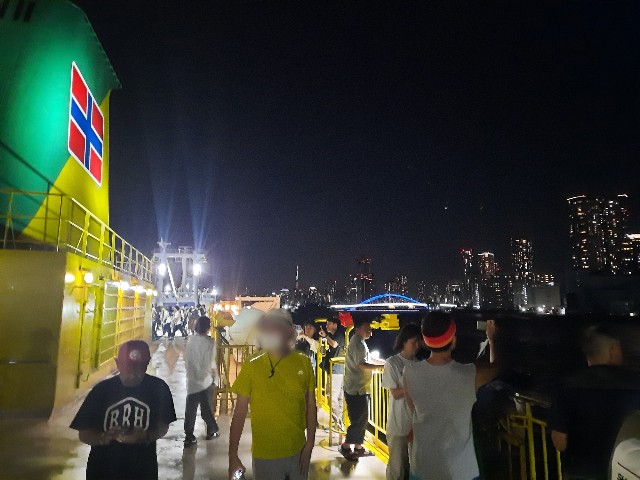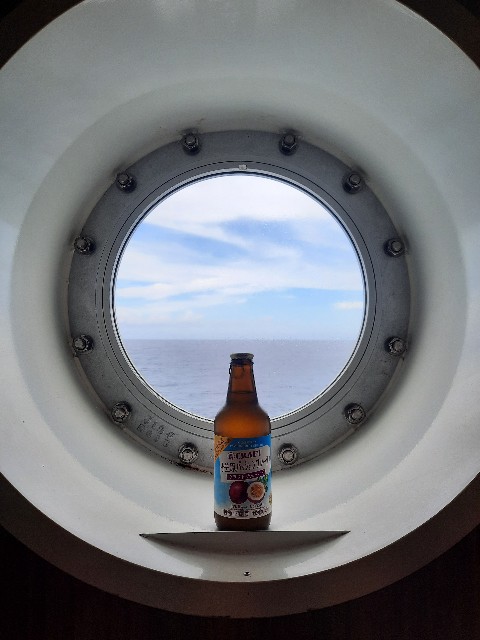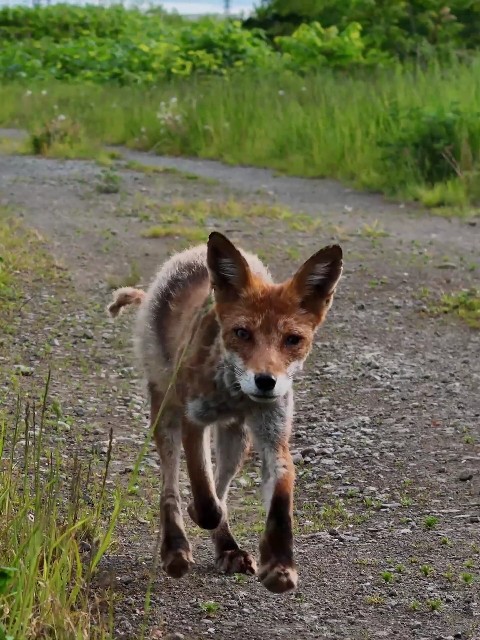Sometimes you want to forget about work and immerse yourself in the healing presence of fluffy animals. Have you heard of “Okunoshima Island” in Takehara City, Hiroshima Prefecture? Also known as “Rabbit Island,” this paradise is home to approximately 500 wild rabbits! Based on my actual experience enjoying a picnic on Okunoshima, I’ll introduce you to how to interact with the rabbits, the rules for bringing food, and the best times to visit.
What is Okunoshima?
View this post on Instagram
Okunoshima is a small island floating in the Seto Inland Sea. Once known as a poison gas factory island, it is now designated as part of the Seto Inland Sea National Park. In addition to rabbits, the island has many spots where you can experience beautiful nature and history. In recent years, it has become a popular destination attracting visitors from both within Japan and abroad.
Why Are There So Many Rabbits on Okunoshima?
You might wonder why there are so many rabbits overflowing on Okunoshima. In fact, during World War II, when Okunoshima was used as a poison gas factory, rabbits were brought in for testing purposes. After the war, when the factory was closed, the rabbits remained on the island and became wild, leading to the present situation. While Okunoshima is now known as the healing “Rabbit Island,” it also has this dark chapter in its history.
Access to Okunoshima

You can reach Okunoshima in about 15 minutes by ferry from Tadanoumi Port in Takehara City, Hiroshima Prefecture. The ferry runs about once an hour, and the fare is 720 yen for a round trip for adults and 360 yen for children.
My Visit to Okunoshima
Now, let me share my experience on Okunoshima. I visited the island in April when the cherry blossoms were blooming. As soon as I stepped onto the island after getting off the ferry, there were rabbits everywhere! There were rumors that the number of rabbits had decreased, but there were still so many hopping around that it wasn’t noticeable at all.


The Best Way to Spend Time on the Island is Having a Picnic

I recommend having a picnic as a way to spend time on Okunoshima. Since there are limited shops on the island, I suggest purchasing light meals or lunch boxes before crossing to the island. Spread out a picnic mat and enjoy your lunch in the pleasant sunshine. Gradually, curious rabbits will start to gather around you.


Picnic with Rabbits Under Cherry Blossoms

Since it was cherry blossom season, I spread out a mat under a cherry tree to have lunch. Then, the rabbits approached as if saying, “Give me food!” Their adorable appearance brought an involuntary smile to my face.

Feeding the Rabbits

Once the rabbits have come close enough, try giving them the food you bought in advance. Feeding the rabbits is allowed on the island, but it’s important to check beforehand what rabbits can and cannot eat to avoid harming their health.

You Cannot Take Rabbits Home!

Oh, what adorable rabbits! It’s understandable to want to take them home. However, removing rabbits from the island is prohibited by law. This is to prevent disruption to the rabbit ecosystem and the spread of diseases. Similarly, bringing rabbits onto the island from outside is also prohibited. Even if your pet rabbit becomes difficult to care for, you must never abandon it on Okunoshima.
Other Rules
There are several guidelines for interacting with rabbits and rules about what you can bring to Okunoshima. The main rules are as follows:
- Don’t chase or catch the rabbits
- Don’t step on or kick the rabbits
- Take your trash with you
While these are all common-sense rules, please refrain from behaviors that could disturb other visitors or cause harm or stress to the rabbits.
More Than Just Rabbits!
While Okunoshima is famous for its rabbits, there are many other attractions on the island. If you’re staying overnight or have plenty of time, be sure to explore these spots.
Poison Gas Museum: You can learn about the history of Okunoshima when it was used as a poison gas factory. Various materials and photographs from that time are on display.
View this post on Instagram
War Memorial: This is a memorial to those who died during poison gas production in World War II. It’s a place where you can reflect on the importance of peace.
Mt. Kurotaki: From the highest peak on the island, Mt. Kurotaki, you can overlook the entire Okunoshima. The hiking trail is well-maintained, allowing you to enjoy hiking.
Beach: In summer, you can enjoy swimming. However, since rabbits can’t swim, caution is needed.
Campsite: There’s a campsite on the island where you can stay overnight. You can enjoy stargazing and barbecues, fully immersing yourself in the outdoors.
Kyukamura Okunoshima: There’s a resort facility called “Kyukamura Okunoshima” on the island, equipped with accommodation, restaurants, and hot springs. Day bathing is also available.
For the best hotel rates, click the buttons below!
Okunoshima Visitor Center: You can learn about the island’s nature, history, and information about rabbits.
View this post on Instagram
A post shared by Okunoshima Visitor Center (@ohkunoshima_visitor)
Best Season to Visit Okunoshima
You can interact with rabbits on Okunoshima throughout the year. However, spring and autumn are particularly recommended as the climate is mild and comfortable, and the rabbits are actively moving around. Since interacting with rabbits inevitably involves activities in the sun, those concerned about heat or sunburn might want to visit during the cooler seasons.
What Did You Think?
Okunoshima is a paradise for rabbit lovers. It’s a charming island where you can not only interact with rabbits but also enjoy history and nature. Please visit various spots and make the most of your time on Okunoshima! Remember to follow the rules and enjoy your special time with the rabbits.
Important Notes:
The information above is as of April 2024 and may be subject to change. For the latest information, please check the official Okunoshima website.
Rabbits are wild animals. Please take sufficient care not to injure them or make them sick.
Book your stay at Kyukamura Okunoshima here!


![[Miyake Sub-office to Akō Edition] Cycling Around Miyakejima: Surprisingly Easy! Continue Your Island Cycling Adventure and Make Summer Memories – Part 4](https://en.kosupatravel.com/wp-content/uploads/2025/03/20240704221536.jpg)


